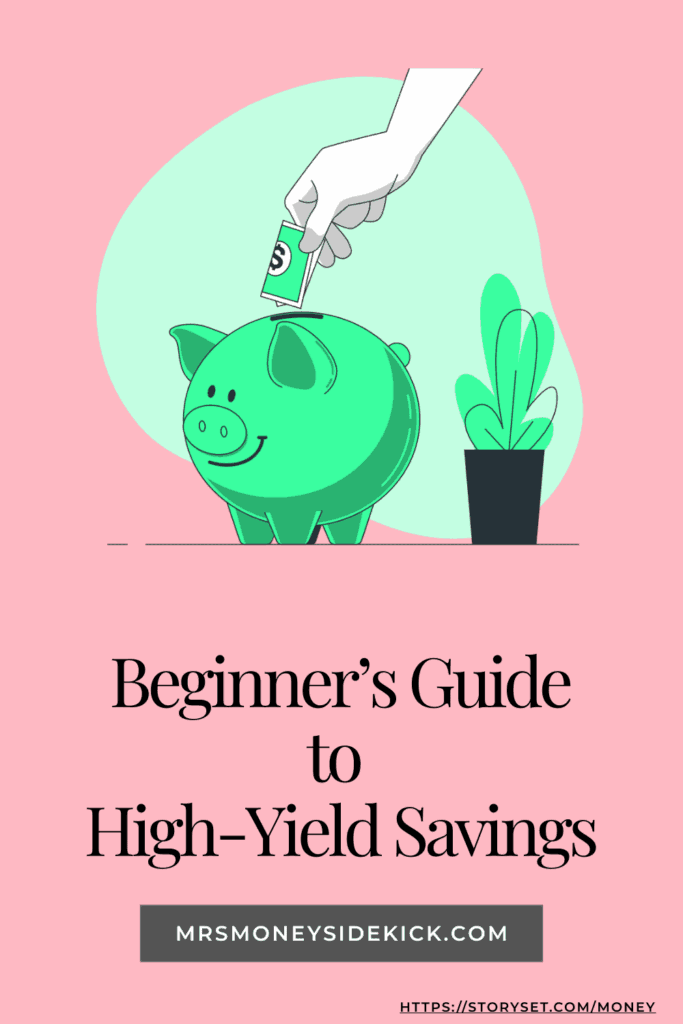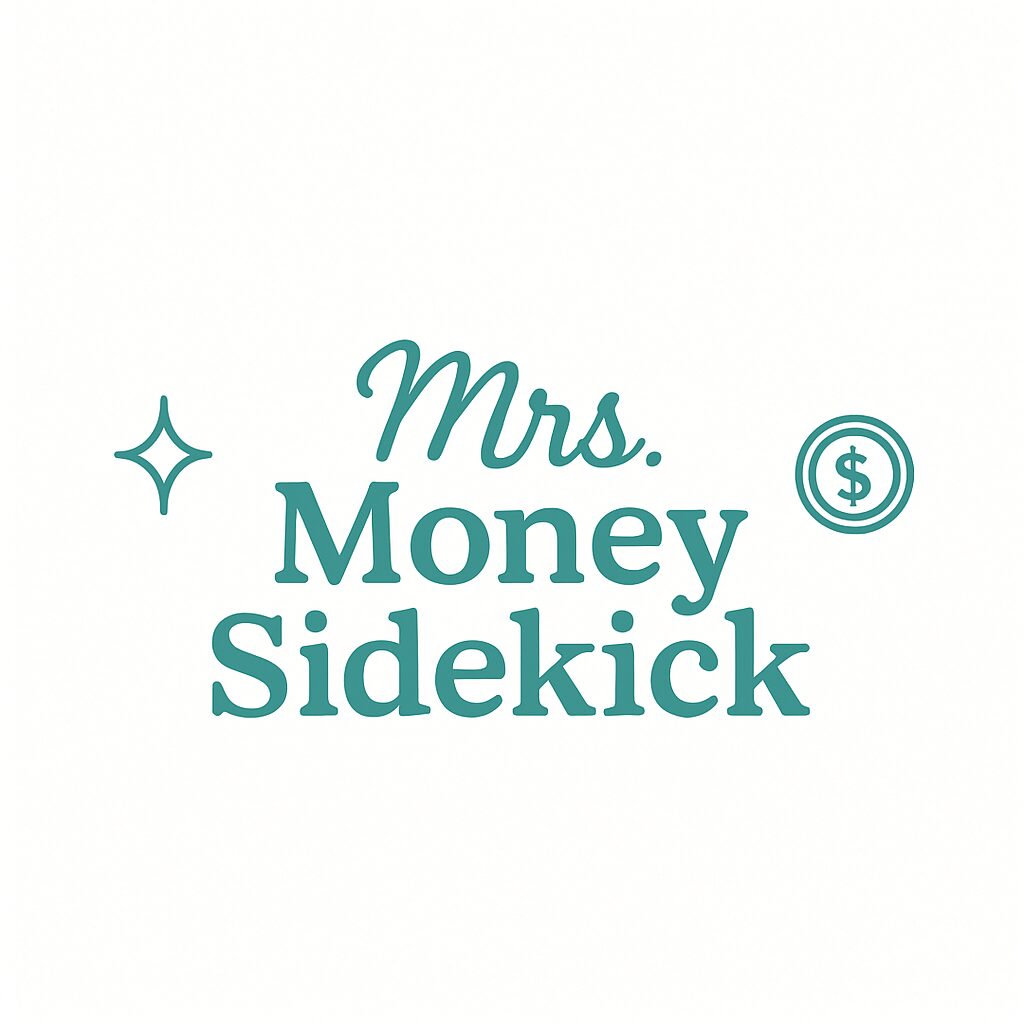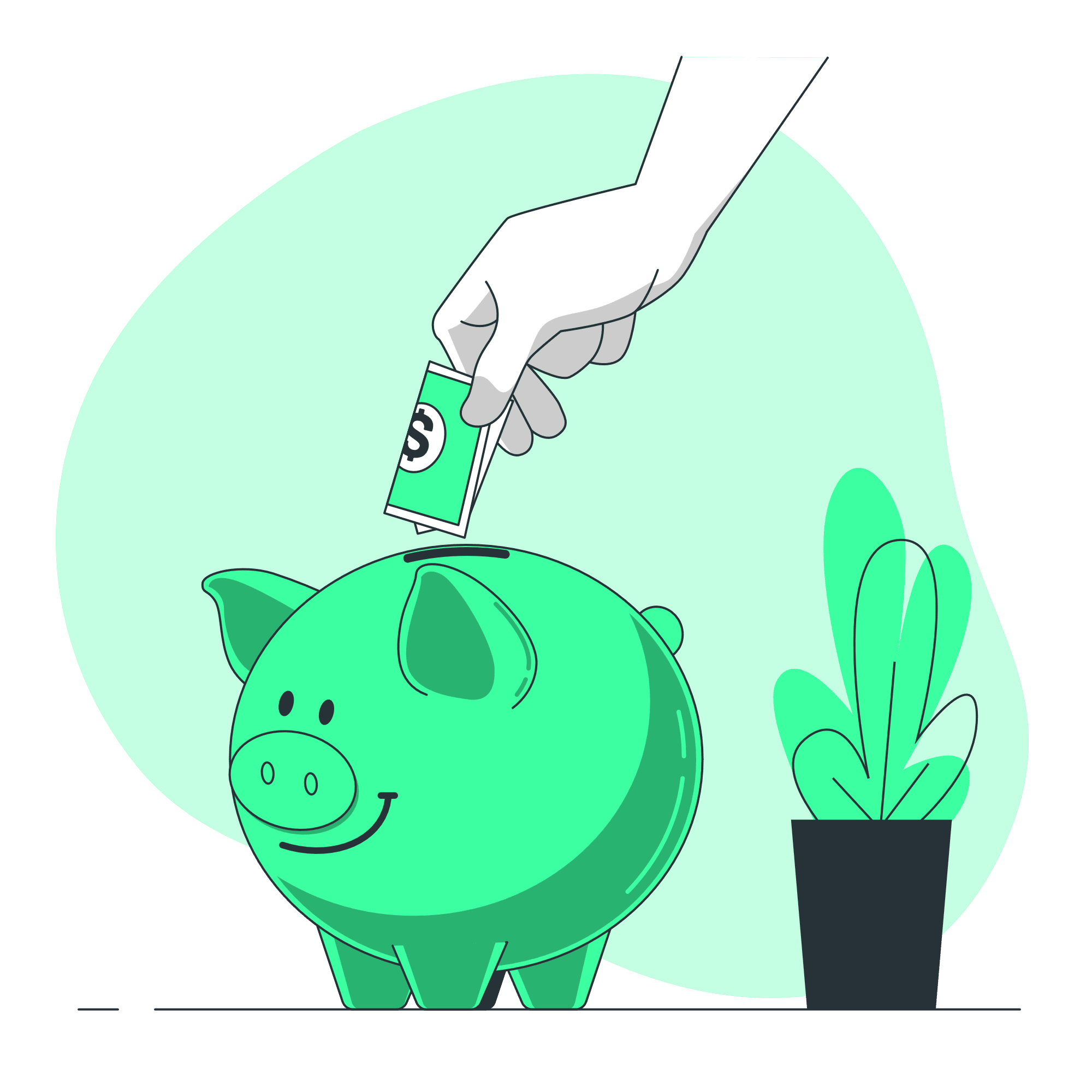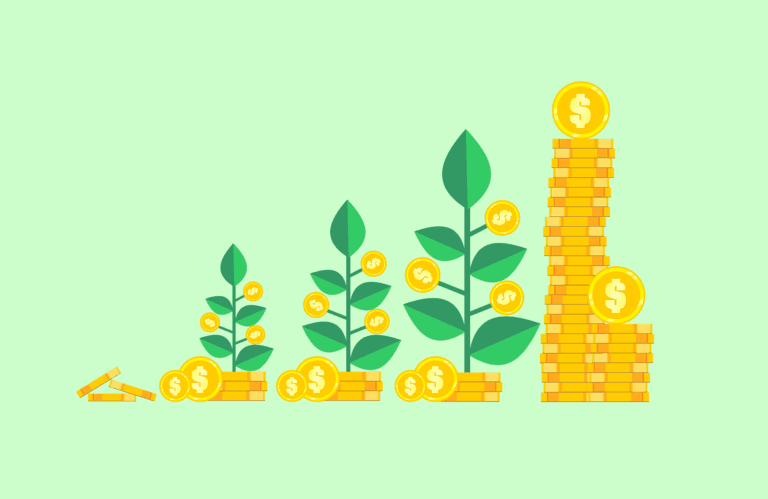Beginner’s Guide to High-Yield Savings
If you’re trying to save money, you’ve probably heard of a high-yield savings account (HYSA). But what exactly is it? And why does everyone say it’s better than a regular savings account? Here’s your beginner’s guide to high-yield savings, explained simply.
What Is a High-Yield Savings Account?
A high-yield savings account is like a regular savings account… but it pays you more interest. Most traditional banks offer extremely low interest, often around 0.01%, which means your money barely grows. A high-yield savings account, on the other hand, pays interest rates 10 to 20 times higher.
Real Life Example:
- $5,000 in a regular bank at 0.01% earns just $0.50 per year.
- $5,000 in a high-yield account at 4.5% earns about $225 per year.
That’s $224.50 more, for doing nothing different, just keeping your money in a better account. Over time, that difference adds up, especially if you’re building an emergency fund or saving for a short-term goal. That’s why this beginner’s guide to high-yield savings is such an important read.
Regular Savings Account vs High-Yield Savings Account
| Feature | Regular Savings Account | High-Yield Savings Account |
| Interest Rate (APY) | ~0.01%–0.10% | ~4.00%–5.00% (as of 2025) |
| Where It’s Offered | Big banks (Chase, Wells Fargo) | Online banks (CIT, SoFi, etc.) |
| Access | In-person & online | Online/mobile only |
| Earnings on $1,000 | ~$0.10 per year | ~$40–$50 per year |
| FDIC-Insured? | Yes | Yes |
| Good for | Convenience | Growing savings faster |
Why Use a High-Yield Savings Account?
- Safe place to grow your money
- FDIC-insured up to $250,000
- Great for emergency funds or short-term goals
- No risk like the stock market
- Accessible online anytime
Where Can You Open One?
Most high-yield savings accounts are offered by online banks or credit unions, not your big-name brick-and-mortar banks. These online banks save money by not running physical locations and pass the savings to you through higher interest.
Popular options (rates vary):
- SoFi
- CIT Bank
- Ally
- Marcus by Goldman Sachs
- Discover
💡 Tip: Compare rates on aggregator sites like NerdWallet or Bankrate to find the current best offer.
What to Look For
Here’s what to check before opening:
- Interest Rate (APY): The higher, the better.
- Minimum Balance: Some accounts require a minimum to earn full interest.
- Monthly Fees: Avoid accounts with maintenance fees.
- Transfer Times: Check how long it takes to move money in/out.
- Mobile App & Ease of Use: Important for managing your money on the go.
Tips & Tricks for Using Your High-Yield Savings
- Name your savings goals: Use nickname features to label your account: “Emergency Fund,” “Vacation Fund,” “Car Down Payment.” Naming it makes it easier to stay motivated.
- Automate your savings: Set up an automatic transfer from checking to your high-yield savings account every payday. Even $20 per week adds up.
- Use it as a “holding tank” for short-term money: Waiting to pay a big bill or save up for an annual expense? Keep it here to earn interest while you wait.
- Don’t dip into it unless necessary: Treat it like it’s “off limits” — out of sight, out of mind.
How Is a High-Yield Savings Account Different from Investing?
A high-yield savings account is not an investment. It’s a safe place to store money you might need in the next 1–3 years.
If you’re saving for retirement or long-term growth, investing in index funds or retirement accounts (like a Roth IRA or 401(k)) is usually better. But if you want low risk and quick access, a high-yield savings account is the way to go.
While both help your money grow, the difference is risk. This beginner’s guide to high-yield savings is about safe growth, not stock market returns.
high-yield savings accounts are ideal for:
- Emergency savings
- Sinking funds
- Short-term goals
They are not great for:
- Retirement
- Long-term investing
- Beating inflation over decades
Additional Things to Know About High-Yield Savings Accounts
Even though a high-yield savings account sounds straightforward, there are a few more tips and insights in our beginner’s guide to high-yield savings that can help you make the most of it.
1. How Interest Is Calculated
- Most high-yield savings accounts calculate interest daily and pay it monthly.
- It’s usually based on your average daily balance.
- Interest rates are variable, meaning they can change depending on the economy (especially when the Federal Reserve raises or lowers rates).
2. Why the Rate Might Change
- Online banks can offer higher rates because they have lower overhead (no physical branches).
- But those rates are not locked in like a CD (certificate of deposit), so your APY may fluctuate with market conditions.
3. Federal Limit on Withdrawals
- High-yield savings accounts are subject to Regulation D rules, which previously limited users to six withdrawals per month.
- While this rule was paused during the pandemic and not always enforced now, some banks may still impose limits or fees if you withdraw too frequently.
4. FDIC or NCUA Insurance
- Always make sure the account is FDIC-insured (for banks) or NCUA-insured (for credit unions), which protects your funds up to $250,000 per depositor, per institution.
5. High-Yield Savings Accounts vs. Money Market Accounts
- Many people confuse the two. Both offer high interest, but:
- Money Market Accounts (MMAs) may offer check-writing or debit card access.
- High-yield savings accounts typically don’t, but have fewer minimum balance requirements.
6. Great for “Sinking Funds”
- Sinking funds are money set aside for known future expenses (like holiday gifts, car maintenance, or insurance premiums).
- High-yield savings accounts are perfect for this because your money grows while you wait to use it.
7. Security
- High-yield savings accounts are typically managed online or through mobile apps. Be sure to choose a provider with strong encryption and security features, such as:
- Two-factor authentication (2FA)
- Biometric logins (fingerprint or face recognition)
8. Access Time
- Funds in a high-yield savings account are not instantly accessible like checking. Transfers can take 1–3 business days, depending on the bank.
- This can be a pro, it reduces impulse spending.
Optional Add-ons:
- Joint Account Options: Great for couples saving together.
- Opening Bonuses: Some high-yield savings accounts offer small cash bonuses if you meet deposit minimums.
- Linking to a Budget App: Integrate your high-yield savings account with tools like YNAB or Mint to track savings automatically.
Final Thoughts: Beginner’s Guide to High-Yield Savings
This beginner’s guide to high-yield savings should leave you feeling confident to take your first step. These accounts are safe, smart, and simple. A high-yield savings account is one of the easiest ways to make your money work harder without doing anything complicated. It’s perfect for building your emergency fund, saving for short-term goals, or simply stashing extra cash where it can quietly grow.
Even if you start small, putting your savings into a high-yield savings account is a simple smart money move anyone can make. And your future self will be glad you did.
On your side,
Mrs. Money Sidekick
P.S. Want to learn more about smart money moves like this beginner’s guide to high-yield savings? Explore our posts on Money Essentials to keep building your financial foundation!
Featured Image Money illustrations by Storyset








